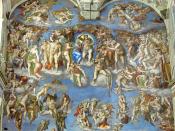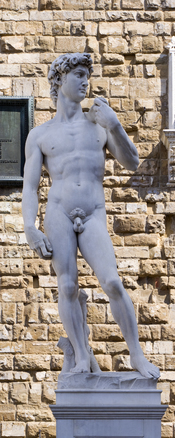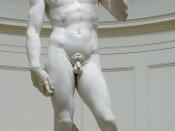One question we all seem to ask about any example of art that we see is, "Is it any good?" To critique any piece regardless of its form or medium according to Aristotle you start with a broad category and break it down until you are left with a minimum of examples. Therefore, to be able to critique any art form one must first select categorically and systematically until they are left with a single example that the individual feels is a truly great piece. To start that system the broadest of categories relating to art is needed and that is the humanities. The humanities which all forms of art are a part of can be broadly defined as aspects of our culture that look into what it means to be human as the name implies. A break down of the humanities includes sculpture, painting, dance, music, movies, literature and many other examples of aesthetically pleasing items.
Therefore, to follow Aristotle's critique method one must next pick one of those categories and go from there.
Sculpture is three-dimensional art that may take the forms of whatever it seeks to represent, from pure, or nonobjective form, to lifelike depictions of people or any other entity. The next step in the categorical breakdown is to pick they style of the piece. One style that is thought of when sculpture is mentioned is high renaissance sculpture. This refers to pieces "occurring from approximately 1508-1527 in Rome, and exemplified by Michelangelo, Leonardo da Vinci, and Raphael (Sporre 62)." The style of high renaissance art is the seeking "a universal ideal" such as beauty and perfection of form.
Some of the most stunning examples of High Renaissance art come in multiple dimensional forms such as relief and full round sculpture. Relief sculpture is three-dimensional but...


